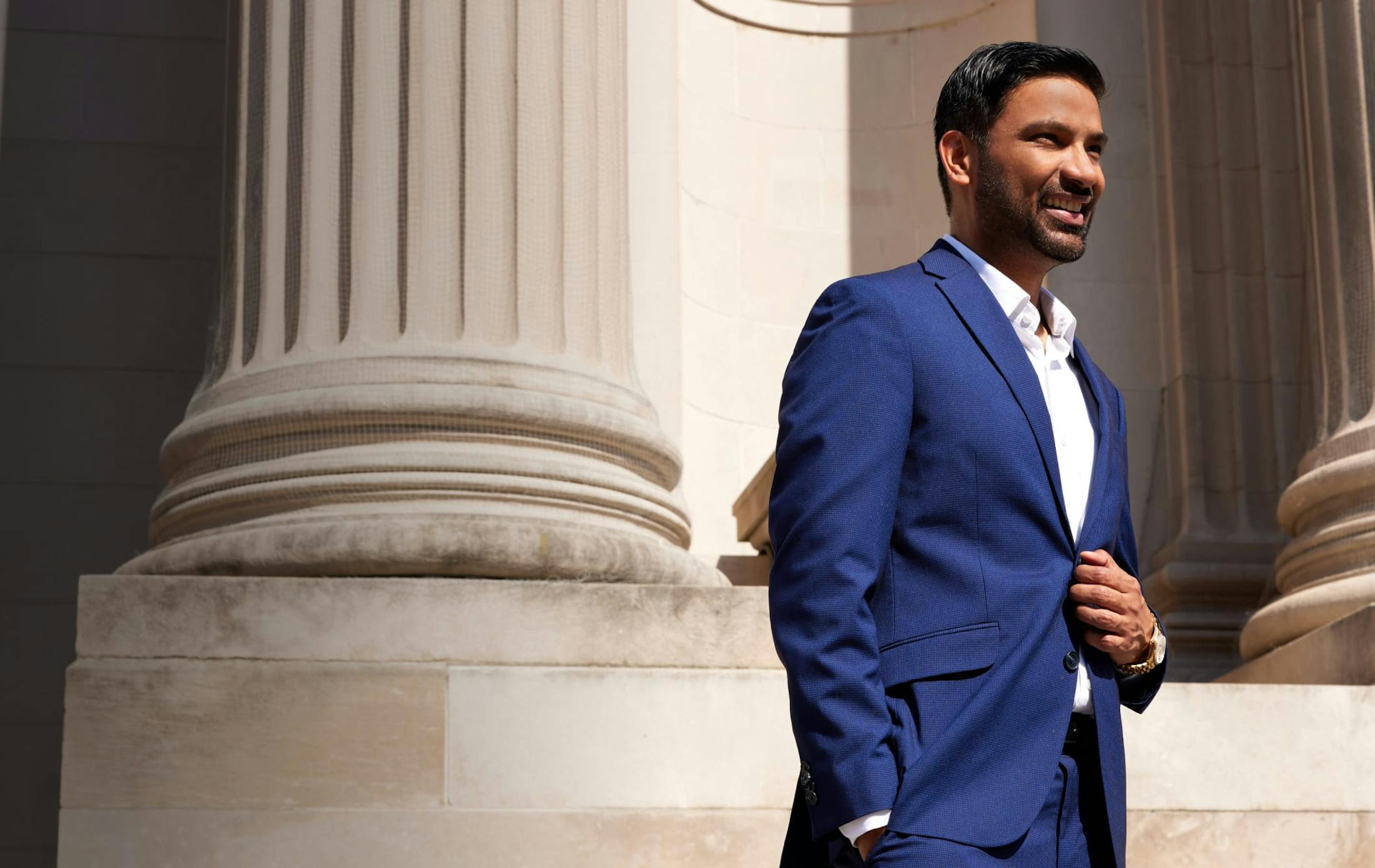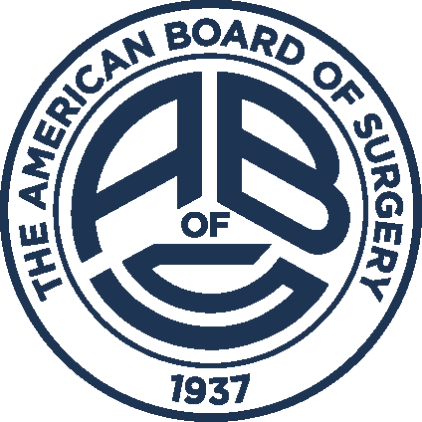Our Deep Plane Facelift in NYC produces a far more natural-looking level of facial rejuvenation with longer-lasting results. This advanced technique reveals the beauty of your natural features by working more deeply to reposition the tissues.
What is the Procedure?
Dr. Singh’s Deep Plane Facelift begins with small, strategically placed incisions in front of the ears. Through these, he works beneath the SMAS layer, carefully releasing key ligaments that cause sagging and drooping, such as the zygomatic ligaments (responsible for sagging cheeks and nasolabial folds) and the masseteric and mandibular ligaments (which contribute to jowls and a sagging jawline).
This meticulous approach allows Dr. Singh to lift and reposition the facial tissues to create a very refreshed, youthful appearance. To further enhance the results, Dr. Singh may additionally perform an extended neck lift, addressing the deeper layers of the neck (platysma) to create elegant harmony between the face and neck. This combination of techniques not only rejuvenates the mid-to-lower face but also ensures a smooth, natural transition between the face and neck.






















